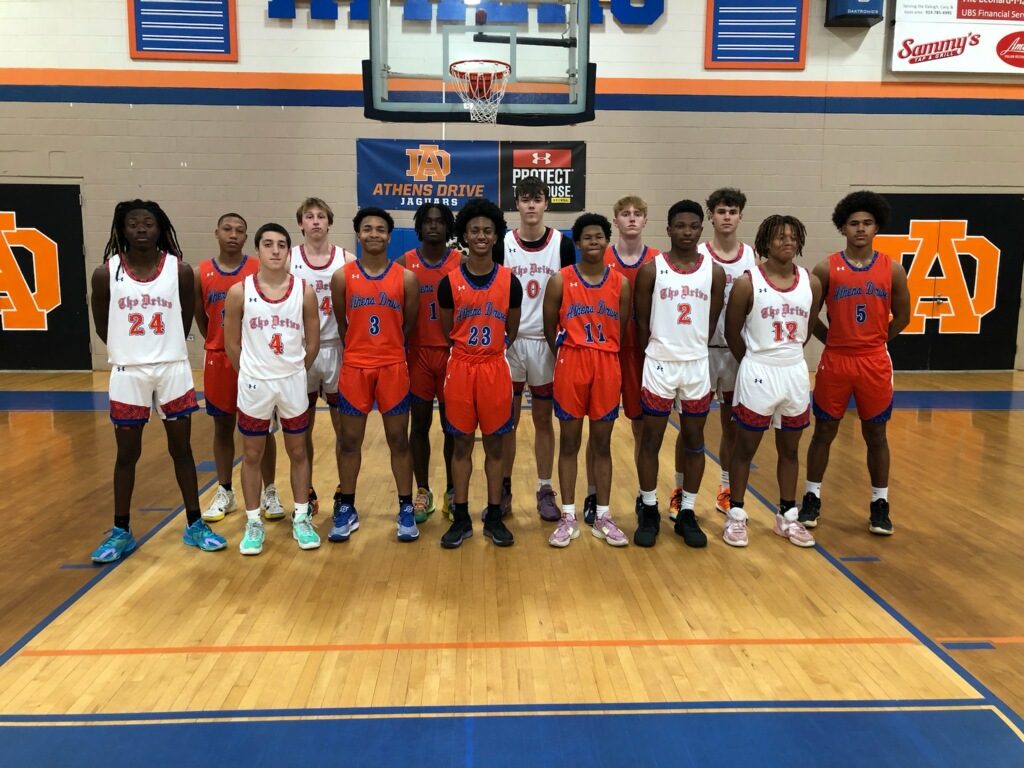The history of boy bands is extensive throughout the course of pop culture in the last half century. There have been numerous boy bands, but only several have been able to last longer than than a couple years.
“I guess I just don’t understand all the hype that boy bands get,” said Matthew Roberts, junior.
The obsession with boy bands can be related to the want and need of teenage fans to fit in with what is popular. A study by a sociology professor at Whitman University, Michelle Jennings, showed that the immense screaming that goes on during boy band concerts is the same psychological effect that occurs at places like a sporting event or a church service. It is the psychological need to fit in with a large crowd.
Groups such as the Osmonds are remembered as one of the earliest musical groups to be considered a “boy band.” The Osmonds debuted on ‘The Andy Williams Show’ in 1961 and worked their way into the hearts of young Americans. The Osmonds were comprised of Jay, Merrill, Alan and Wayne Osmond. The boys went a year performing on TV show after show before recording their first album. Eventually they added their little brother, Jimmy, and sister, Marie.
The Beatles were the first boy to have a massive fanbase around them. John Lennon, Paul McCartney, George Harrison and Ringo Starr debuted on television in 1962 in Great Britain where they got popular. They did not appeal to mass American audiences until 1964 when they appeared on “The Ed Sullivan Show.”There they gained wide recognition across the United States. The Beatles amassed millions of fans of wide variety and it eventually led to a mass hysteria for the four members called “Beatlemania.”
For the most part, there were no gigantic boy bands in terms of popularity until the late 90’s and early 2000’s. The emergence of bands like The Backstreet Boys and NSYNC started to bring back the mass popularity of these groups. The only difference they had to the boy bands of the old is that they did not play instruments. With these new bands, the layout for boy bands was changed. From then on, the bands usually did not have any members that played instruments but instead every member was a vocalist. Each band is commonly comprised of five members with varying personalities.
“I remember being a huge One Direction fan and always wanting to go to one of their concerts, but I never did,” said Emily Toohey, junior.
Boy bands made a reappearance in the early 2010’s with bands such as One Direction and Five Seconds of Summer. The difference between the two was that Five Seconds of Summer played instruments while One Direction only occasionally did. Five Seconds of Summer had a few hit songs but never achieved massive popularity. One Direction, however, achieved almost as much popularity the Beatles did in their prime. One Direction lost key member, Zayn Malik, in March of 2015, and the band broke up nearly a year later.
Boy bands have evolved in terms of how they perform, how they are laid out and the type of music they play. Boy bands have been an on and off trend for nearly half a century and will probably continue to be indefinitely.













